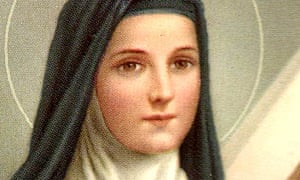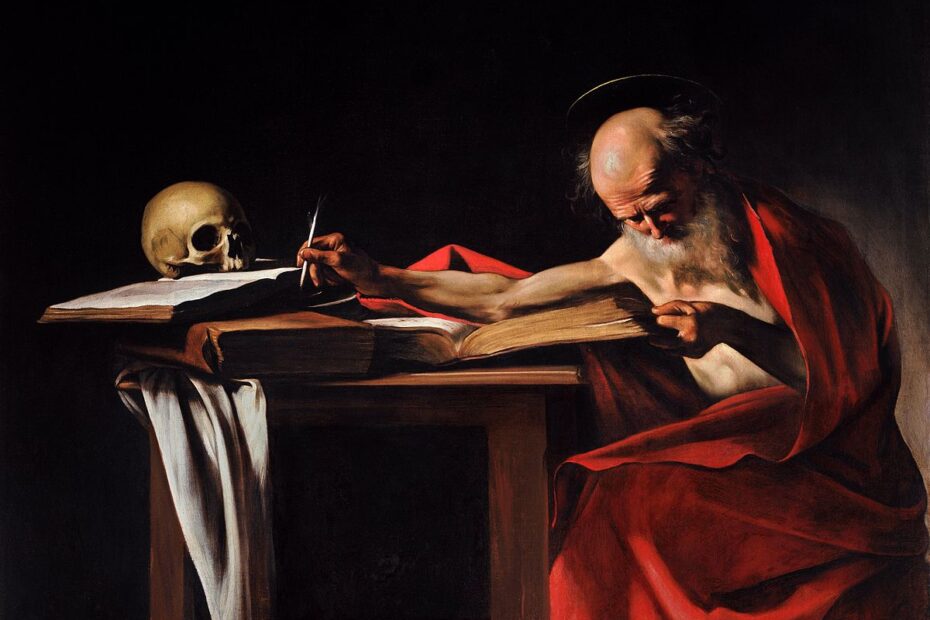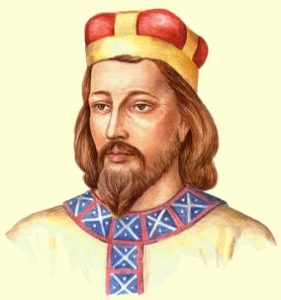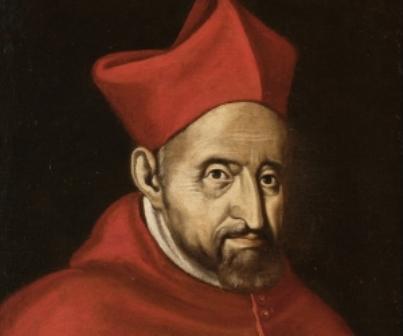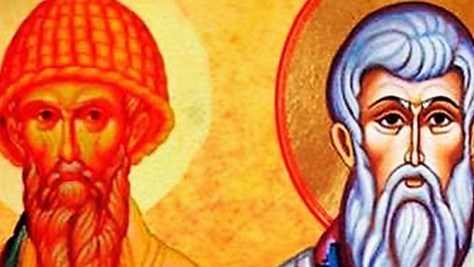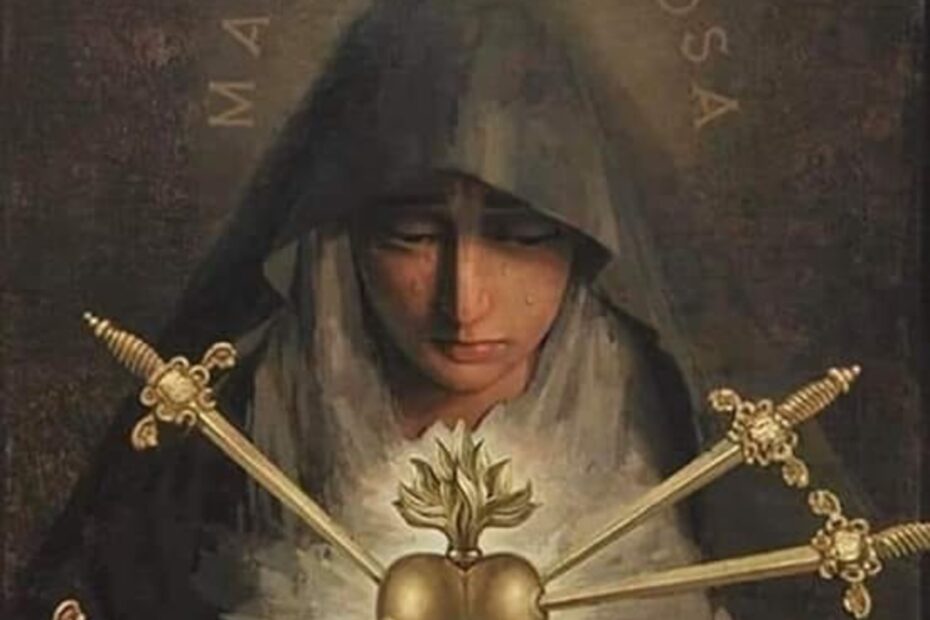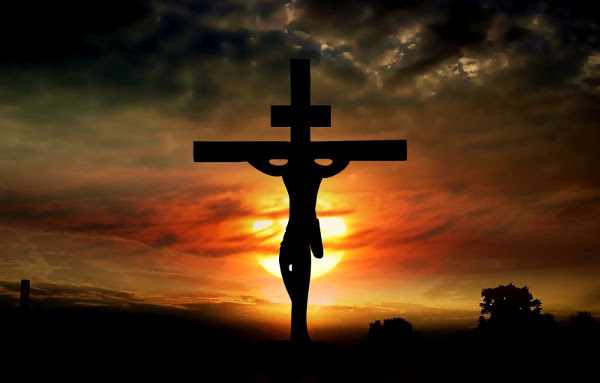St. Robert Bellarmine (1542-1621) was born in Montepulciano, Italy, and died in Rome. The son of noble parents, he entered the Society of Jesus, finishing his theological studies at Louvain, Belgium. His services to the Church were outstanding and many. He occupied the chair of controversial theology in Rome. He defended the Holy See against anti-clericals. He wrote books against the prevailing heresies of the day. His catechism, translated into many languages, spread the knowledge of Christian doctrine to all parts of the world. He was the Counsellor of Popes and spiritual director of St. Aloysius Gonzaga. He helped St. Francis de Sales obtain approval of the Visitation Order. As a religious he was a model of purity, humility and obedience; as a bishop and Cardinal, an example of great love for his flock.
